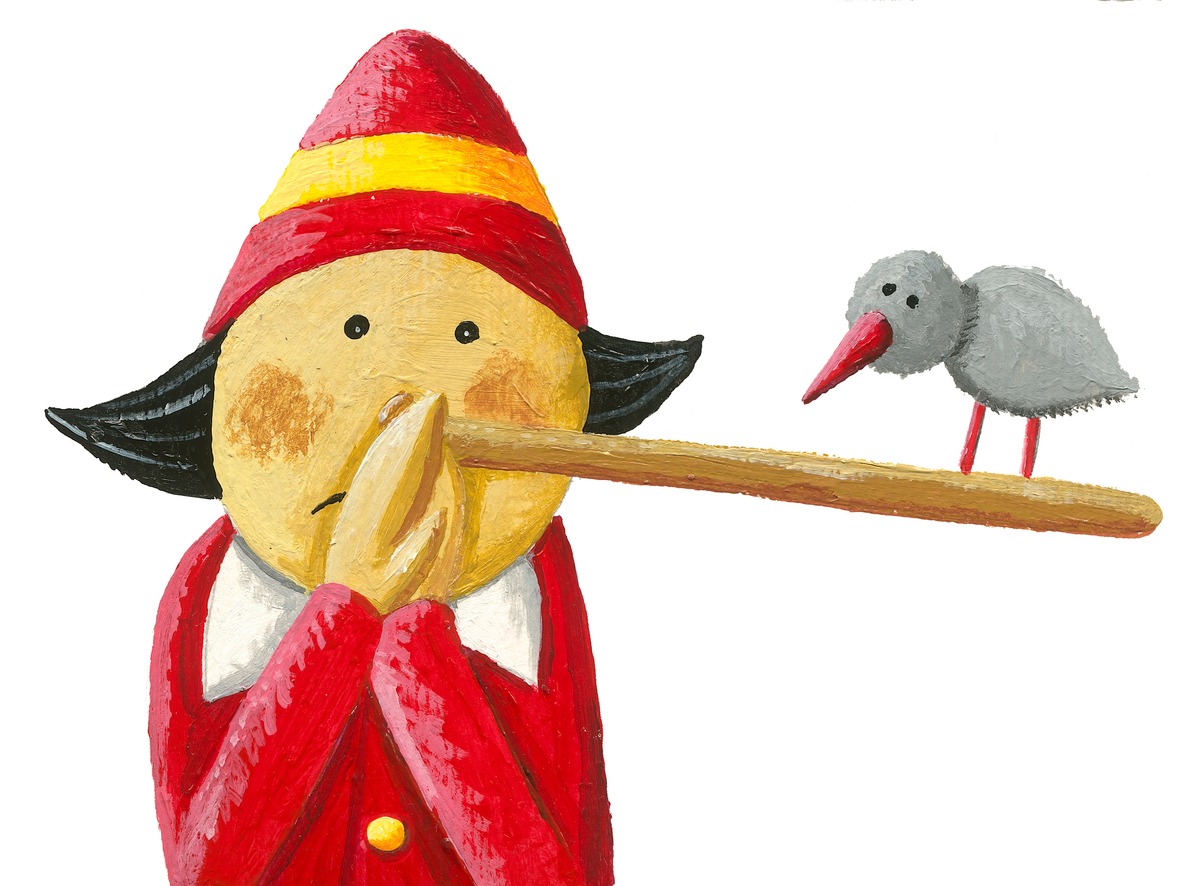The magical leap from black and white to vibrant color in animated films is a fascinating chapter in cinema history. This transition, marked by the advent of Technicolor, revolutionized not just the visual appeal of animation but also the way stories were told. In this article, we’ll explore the journey of animation as it embraced the rich palette of Technicolor, transforming the art form from monochrome sketches to a kaleidoscope of cinematic brilliance.
From the early experiments in color to the full-blown Technicolor masterpieces, this story is about more than just technological advancement; it’s about bringing animated worlds to life in a way that captivated audiences like never before. Join us as we delve into the colorful history of animated films and their journey into the realm of Technicolor.
The Era of Black and White Animation
The early era of animation was a world painted in shades of gray. Before the advent of color technology, black-and-white animation reigned supreme, offering the first glimpses into the magical potential of moving drawings. This period, spanning the early 1900s to the 1930s, was marked by significant creativity and innovation within the constraints of monochromatic visuals.
During this era, animators and filmmakers were experimenting with various techniques like cel animation, stop-motion, and rotoscoping. Pioneers like Winsor McCay, with his famous “Gertie the Dinosaur,” and Walt Disney’s early works, such as “Steamboat Willie,” laid the foundational techniques and storytelling methods that would define animation.
The absence of color brought a focus on strong storytelling, character development, and innovative visual styles. Animators used contrast, light, shadow, and texture to create depth and emotion, mastering the art of visual storytelling in a monochromatic medium.
One of the biggest challenges was conveying a broad range of emotions and atmospheres without the use of color. Technical limitations also meant that animators had to be particularly creative with their designs and storytelling techniques.
Highlighting some key films and characters of the era, such as “Felix the Cat,” “Oswald the Lucky Rabbit,” and “Bosko.” Check out The History of Felix The Cat – A Classic Cartoon if you want to know more about Felix the Cat’s origins and rise into stardom. These films not only entertained but also pushed the boundaries of what was possible in animation at the time. Despite the lack of color, these early animated films were immensely popular, captivating audiences with their novelty and creativity. They played a crucial role in establishing animation as a legitimate form of entertainment and art.
The late 1930s marked the beginning of the transition to color animation, spurred by technological advancements and the desire to bring more life and realism to animated films.
The Advent of Technicolor
Technicolor, a name synonymous with the dawn of color in cinema, marked a revolutionary turning point in the world of animated films. This technology, introduced in the 1930s, brought a splash of color to the previously monochromatic animation landscape, opening a new chapter in the art of visual storytelling.
The Birth of Technicolor
Technicolor was developed as a response to the growing demand for more lifelike and vibrant cinematic experiences. It was a color film process that used three strips of film to capture different color spectrums, which were then combined to produce a wide range of colors on screen.
Early Adaptation in Animation
Walt Disney was among the first to recognize the potential of Technicolor in animation. “Flowers and Trees” (1932), part of Disney’s “Silly Symphonies” series, was the first animated short to use the full-color Technicolor process, winning an Academy Award for its innovative use of color.
The Impact of Technicolor on Animated Films
The introduction of Technicolor transformed the visual appeal and narrative depth of animated films. It allowed animators to use color as a storytelling tool, enhancing mood, atmosphere, and character design.
Challenges and Limitations
Initially, Technicolor was an expensive and complex process, limiting its use to high-budget productions. Early Technicolor films also faced challenges in color balancing and consistency.
The Impact of Technicolor on Animation
The introduction of Technicolor into the world of animation marked a revolution in how animated stories were told and perceived. This section delves into the profound impact of Technicolor on the animation industry, exploring how it transformed animated storytelling.
- A New Dimension of Storytelling: Technicolor allowed animators to use color as an essential element of storytelling. Colors could now convey emotions, atmospheres, and even character traits more vividly. The enhanced visual palette expanded the creative possibilities for animators, enabling more complex and nuanced narratives.
- Enhancing Visual Appeal and Realism: The transition to color brought a new level of realism and appeal to animated films. Scenes became more engaging and visually captivating. The use of color allowed for a richer depiction of environments and characters, making the animated worlds more immersive.
- Audience Reception and Expanding Popularity: The introduction of color animation was met with great enthusiasm from audiences, leading to increased popularity and demand for animated films. Color films generally performed better at the box office, signaling a shift in audience preferences and expectations.
- Influence on Animation Techniques and Artistry: Technicolor influenced various aspects of animation production, from background painting to character design. The need to effectively use color led to innovations in shading, lighting, and texture in animation, enhancing the overall artistry.
- Challenges and Adaptations: The transition to Technicolor required animators and studios to adapt to new techniques and technologies, often involving significant investment and learning. Balancing the artistic use of color with technical limitations and cost considerations was a challenge during the early years of color animation.
Iconic Technicolor Animated Films
The era of Technicolor brought a vibrant splash to the world of animation, producing some of the most iconic and beloved films in cinematic history. Here are some of the groundbreaking Technicolor animated films that left an indelible mark on the industry and audiences alike.
Disney’s Trailblazing in Technicolor
- “Snow White and the Seven Dwarfs” (1937): Disney’s first full-length animated feature film in Technicolor. It showcased the potential of color animation in telling intricate and emotionally rich stories.
- “Fantasia” (1940): A masterpiece combining animation and classical music, renowned for its artistic ambition and innovative use of Technicolor.
- “Pinocchio” (1940), “Dumbo” (1941), and “Bambi” (1942): Each of these films used Technicolor to enhance their storytelling, from the magical colors of “Pinocchio” to the natural hues in “Bambi.”
Warner Bros. and the Looney Tunes
The Looney Tunes series, including memorable characters like Bugs Bunny and Daffy Duck, made a significant impact with their vibrant use of Technicolor, adding a new dimension to their comedic stories.
Max Fleischer’s Contributions
- “Gulliver’s Travels” (1939) and “Mr. Bug Goes to Town” (1941): Fleischer Studios embraced Technicolor to bring these animated features to life, competing directly with Disney’s dominance.
MGM and the Technicolor Adventures of “Tom and Jerry”
MGM’s “Tom and Jerry” series is another classic example, where the rich color palette of Technicolor added depth and vibrancy to the beloved cat-and-mouse chase sequences.
Challenges and Limitations of Early Color Animation
The transition to color animation, while groundbreaking, was not without its challenges and limitations. Early color animation, particularly during the Technicolor era, faced various hurdles that influenced both the artistic process and the industry’s evolution.
- Technical and Production Challenges: The early Technicolor system was technically complex, requiring specialized equipment and expertise. This complexity often led to longer production times and increased costs. Also, achieving accurate and consistent colors was a significant challenge. Early Technicolor films sometimes struggled with color balance, resulting in unnatural skin tones or overly saturated colors.
- Financial Implications: The additional costs of using Technicolor were substantial, making color films more expensive to produce than their black and white counterparts. Investing in color animation was a financial risk for studios, especially for full-length features, given the uncertain return on investment.
- Artistic Hurdles: Animators and artists had to adapt their techniques to accommodate color. This transition required a rethinking of shading, texturing, and background design to effectively use color. There was also a risk of relying too heavily on color at the expense of story and character development, especially in the early days of color animation.
- Audience Reception: While many audiences were captivated by color animation, some critics and viewers found the early color palettes to be distracting or overly vivid.
The challenges and limitations of early color animation were significant, but they also spurred innovation and adaptation in the industry. These early struggles paved the way for the incredible advancements in color technology that have since become standard in animation, demonstrating the industry’s resilience and commitment to pushing artistic boundaries.
Technicolor’s Legacy in Modern Animation
Technicolor’s introduction to animation marked a pivotal moment that continues to influence modern animation. Let’s take a look at the enduring legacy of Technicolor and how its principles and advancements have shaped contemporary animation practices.
Setting Standards for Color in Animation
Technicolor set high standards for color quality and aesthetics in animation that continue to guide modern animators in their work. The way Technicolor utilized colors influenced how animators understood and applied color theory in animation, impacting everything from character design to environmental settings.
Technological Innovations Inspired by Technicolor
The technological challenges of Technicolor led to innovations in color processing and film technology, some of which are foundational to current digital color techniques. The principles established by Technicolor facilitated the transition to digital color technologies, allowing for more precise and varied color manipulation.
Influence on Animation Styles and Techniques
The vivid and dynamic color palettes of Technicolor films continue to inspire modern animators, influencing artistic styles and storytelling methods. Techniques developed for creating richly colored backgrounds and characters in the Technicolor era have evolved but still inform current practices in animation.
Technicolor’s legacy in modern animation is profound and multifaceted. It laid the groundwork for the color standards and techniques used today and continues to inspire animators and filmmakers. As technology advances, the lessons and innovations from the Technicolor era remain integral, reminding us of the ongoing journey of artistic and technological evolution in animation.
Conclusion
In summary, the introduction of Technicolor revolutionized animation, bringing a vivid new dimension to storytelling and visual artistry. Its impact extends far beyond the era of its inception, continuing to influence modern animation in both technique and style. As we marvel at the rich, colorful animations of today, we are reminded of Technicolor’s lasting legacy – a testament to the power of innovation and creativity in transforming the way we experience animated stories.
The journey from monochrome to a world of color in animation is not just a technical evolution; it’s a vibrant chapter in the history of cinema that continues to inspire and enchant audiences around the globe. We hope this article helped you learn more about the transition of animated films from black and white to color. The evolution of animation from black and white to color significantly enhanced its visual appeal and storytelling capabilities. In our post How Do Animations Influence Advertising and Marketing?, we explore how this evolution has been pivotal in transforming animations into powerful tools for captivating audiences in advertising campaigns, demonstrating the medium’s growing influence in the marketing world. While motion capture technology brings a new dimension of realism to animation, it’s just one of the innovative ways animation is blurring the lines between reality and imagination. Our article How Are Animated Documentaries Blending Reality and Creativity? delves into how this genre is using animation not just to entertain, but to tell real-life stories in visually dynamic and engaging ways.




